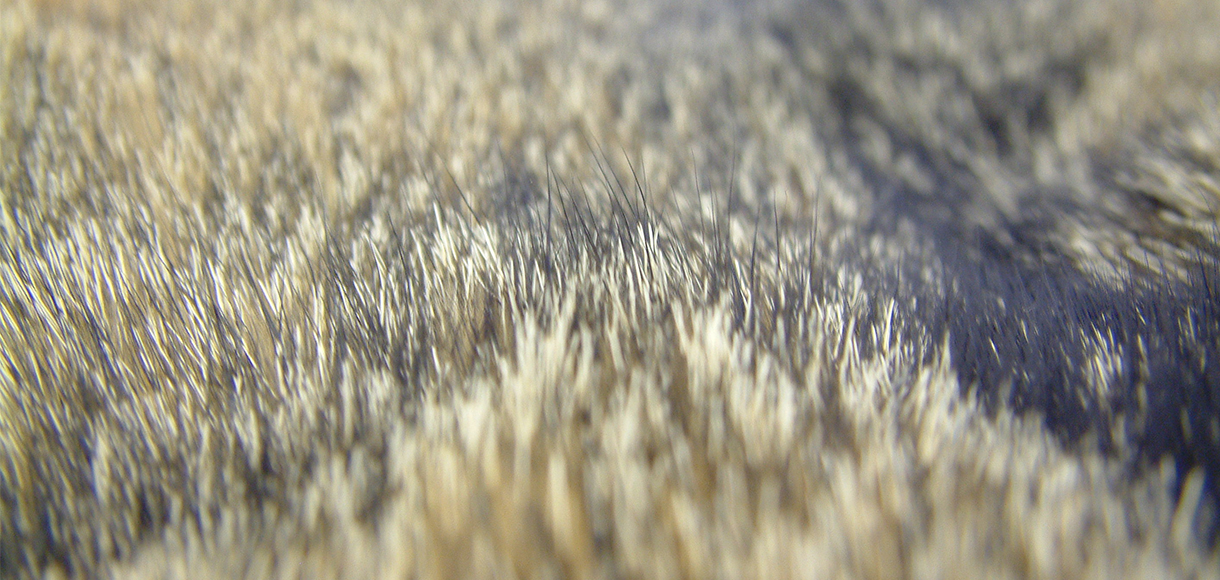Natural fur biodegrades rapidly even in landfill conditions without oxygen as opposed to fake fur which does not biodegrade at all, a new study shows.
Experts from the Organic Waste Systems laboratory in Ghent, Belgium, examined how real and fake fur degrade in conditions set up to mimic closed landfill conditions, so-called anaerobic biodegradation.
Commenting on the report’s findings Mark Oaten, CEO of the IFF said:
“Fake fur has been promoted as the sustainable alternative to natural fur, but in reality, it is highly polluting. An ethic concerned with the protection of individual animals is pointless if the ecosystem where the animals live is destroyed,”.
“Brands like Gucchi and Versace should think again about ending their use of fur – if they really care about sustainability they should read this study – it clearly shows that natural fur is less harmful than Fake when it comes to landfill. Anybody who wants to support sustainable fashion should think about the long-term impact of using plastic based products that will stay in landfill for decades, but as this study shows the natural fur begins to biodegrade within days.”
The study also looked at the average biodegradation of a number of natural products and found that real fur degrades at the same rate as an oak or willow tree leaf.
According to the test results, which were commissioned by IFF and Fur Europe, the natural fur samples biodegraded as microorganisms consumed the carbon inside the fur. The fake fur however, showed no biodegradation which according to the researchers was not unexpected due to the composition of the synthetic fibres. In addition, synthetic fashion materials are known to break down into ever smaller pieces, eventually forming microplast fibres – a contributor to plastic pollution.
The laboratory experiment is part of an independent scientific review of the environmental performance of the fur sector that covers the entire value chain from farm to the end consumer.
A copy of the report is available to view here.
You can view a video and further information on the report here.
You can view a quick fact sheet here.





